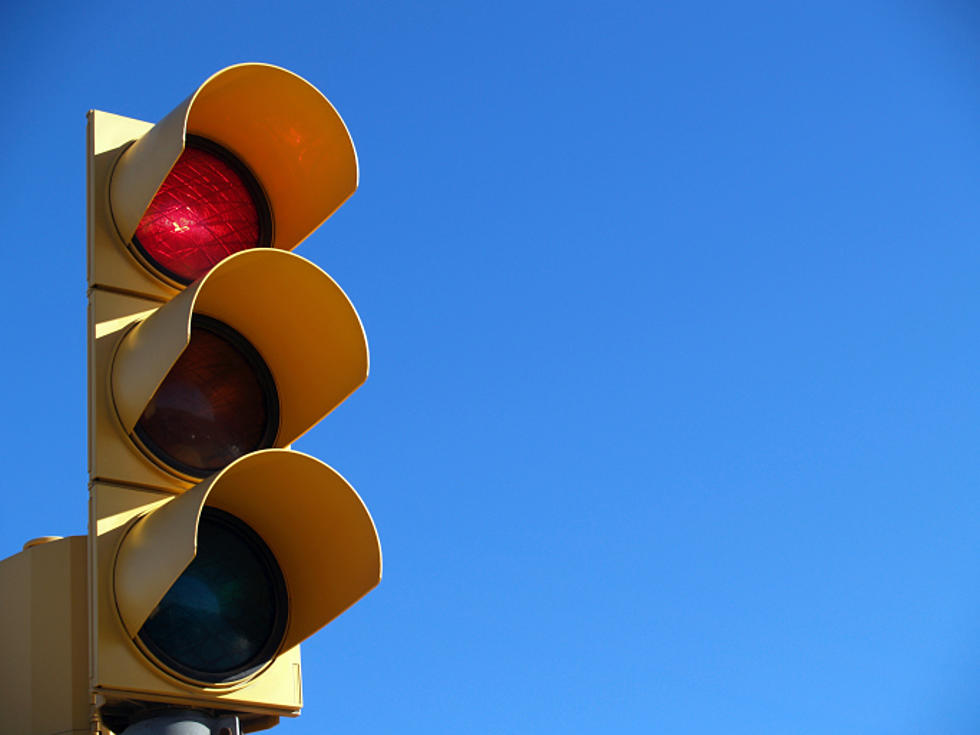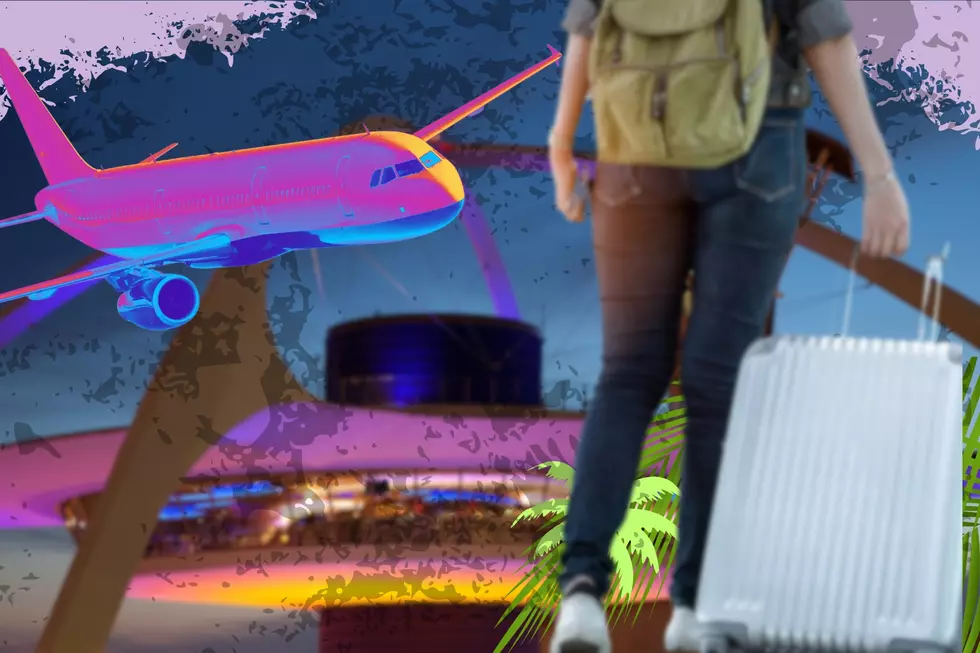
Red Light Cameras Still Get the Green Light in Washington D.C.
Activist Tim Eyeman’s latest area of activism is Red Light Cameras…specifically helping communities to vote down the safety and revenue generating measures put in place by a number of city councils around the state. TRUE, they are controversial. A variety of studies show varying degrees of success in preventing accidents. Los Angeles just shut down its program. Other cities are following suit but according to a Washington Post story from this past February, the cameras are working well in the nation’s capitol. Here are a few excerpts from that article…
Tuesday, February 1, 2011; 12:14 AM
Red-light cameras are saving lives even as they make millions in revenue, according to the first definitive study of the subject.
Use of cameras to catch speeders and those who run red lights has proliferated in the past decade, greatly increasing the prospect that drivers in too much of a hurry will get caught. The flash of a camera has become common at District intersections, more than 50 of which are equipped to catch red-light offenders.
A study to be released Tuesday by the Insurance Institute for Highway Safety finds that traffic fatalities at those intersections dropped by 26 percent over a five-year period, slightly more than the average decline in 13 other camera-equipped cities.
"We're hopeful this will stop some of the backlash against cameras," said Adrian Lund, president of the insurance foundation. "Much of the attention to victims of the camera has been paid to people who received tickets. Hopefully, this will return the focus to the people who have been killed or injured by red-light running."
Drivers often denounce use of the cameras as a naked money-making scheme - and the District made almost $7.2 million on 85,678 red-light tickets from June 2009 through May.
At the same time, almost anyone who regularly drives District streets will attest to the fact that drivers slow in places where they know speed cameras are located and are more likely to stop on yellow at intersections with red-light cameras.
"Our traffic fatalities have been cut in half in four years," said D.C. Police Chief Cathy L. Lanier. "We see less high-speed crashes, we see less crashes at what used to be the worst intersections. Because of speed enforcement, when people do crash, it's at a slower speed, so there are less likely to be fatalities."
Lanier also said the cameras conserve police resources. "Those automated enforcement programs can take the place of 100 officers. In order to have the same effect with police officers, I'd have to divert them from crime-fighting."
The institute study said there were five fewer deaths at the District's camera-equipped lights over five years. During that same period across the country, 159 fewer people died in the cities that use cameras, the study found. If cameras had been in use in all cities with populations above 200,000, the institute projected that 815 lives would be saved.
The report looked at 14 cities that had camera programs from 2004 to 2008 and compared their accident rates with those of 48 cities that did not have cameras during the same period. The report acknowledged that earlier studies found an increase in rear-end collisions when red-light cameras were installed. But it said that because right-angle crashes cause more severe injuries and damage than rear-end ones, the net effect was positive.
The institute used police reports gathered by the federal government to analyze intersection mayhem. The 2.2 million intersection crashes recorded in 2009 made up about 41 percent of all accidents. They resulted in 81,112 serious injuries and 7,358 deaths.
Police established red-light running as the cause of 676 deaths and 113,000 injuries. The vast majority of the people who died - 64 percent - were not driving the vehicle that ran the light. They were passengers, other drivers, pedestrians and cyclists. "This is a solid report," said John B. Townsend II of AAA Mid-Atlantic. "It offers evidence that the program is changing behavior. Of all the forms of automated enforcement, this one's going to stay because the one thing people fear is a T-bone crash."
More From News Talk KIT







